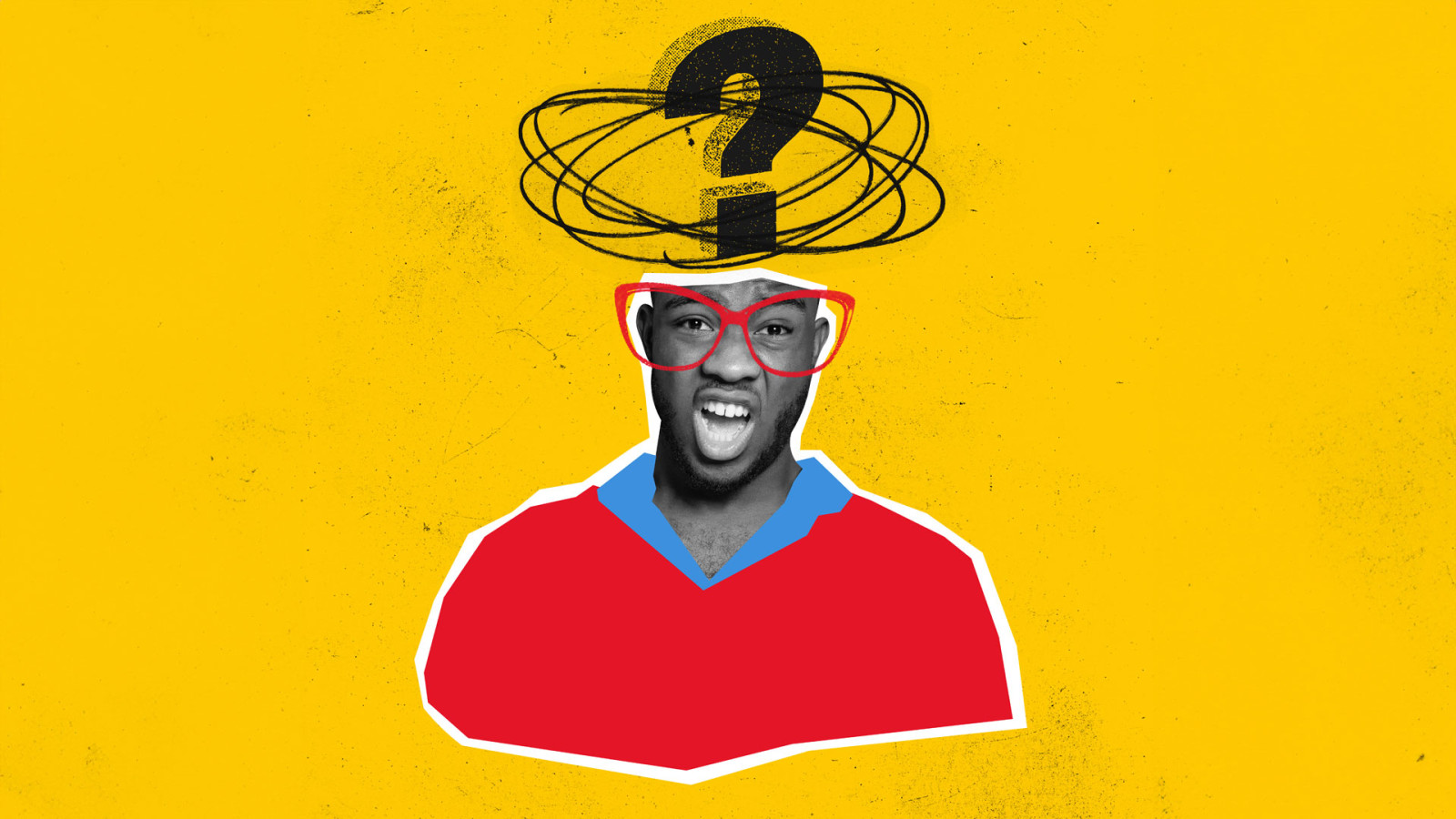
Every day something new happens in the world of generative AI. Having just got our heads around ChatGPT, we are now delving deeper into the new Bing.
The chatbot Microsoft is integrating into its search engine is its answer to ChatGPT –and this is where we’re at with it.
- AI to one side, it’s definitely a play by Microsoft to pull you into their orbit. To get access, you have to be using Microsoft platforms, such as Skype, the Bing mobile app, or the preview build of its desktop browser, Edge.
- Signing up is therefore complex if you’re not already embedded in the Microsoft ecosystem. There’s also a wait list, although it seems to only be a few days' wait if you follow all the instructions to skip ahead.
- All that said: when you have access, we believe Bing AI is (currently) better than ChatGPT – based on an initial scoot by the team at Wardour and a read-up of other people’s thoughts.
That last point is the biggie of course. So why is it better? The critical difference is that Bing can access the internet, not just an (albeit vast) bank of data that cuts off in September 2021, as is the case for ChatGPT.
That means it can access information about contemporaneous events. It seems to have overcome some of its initial weirdness, such as suggesting to a New York Times reporter that he split from his wife. It’s not perfect, however, and you are still only allowed to ask a cascade of eight questions because it can fall over in longer conversations.
But if you layer those questions well you can get a lot out of it. You need to use tight language when asking it questions and you get best results when you ask it to ‘look up’ or ‘research’ something before answering. You can ask it to provide citations for its insights, and you can ask it to tweak its responses to get more and more specific insights. There is a lot of talk about it being an incredible data research tool for these reasons.
All this has got us thinking about the future (this is a just a view, and you might see things differently – do tell me)…
Basically, it seems we are pretty swiftly going to be moving to a world divided between ‘primary’ content creators and ‘secondary’ content creators.
Primary content is insight/imagery which is new/unique/based on real-world interactions. It needs humans.
Secondary content is like secondary research at university: insights drawn from what already exists. It can be created and packaged pretty amazingly by AI (although Bing still can give you wrong/incomplete info with disarming confidence). Secondary content is derived from the primary content.
The lessons are obvious for those working in creative services, marketing and communications. You want to be part of an outfit that values primary content. Most corporates do because they want to be distinct from the herd.
Beyond this, our sense is that what people will be willing to share for free on the internet will change. If your thoughts/ideas/data/content can be harvested by machines, I suspect many corporates and individuals will become less willing to give things away on their websites. More paywalls. More closed doors. We will see.
To learn more about how Wardour can help with your next campaign, pop us an email at hello@wardour.co.uk – we’d love to have a chat with you.
Stay ahead of the curve
Sign up to our emails

